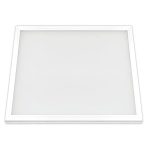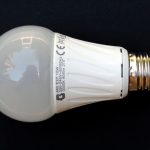Save Energy with LED Light Bulbs: Here’s How It Works
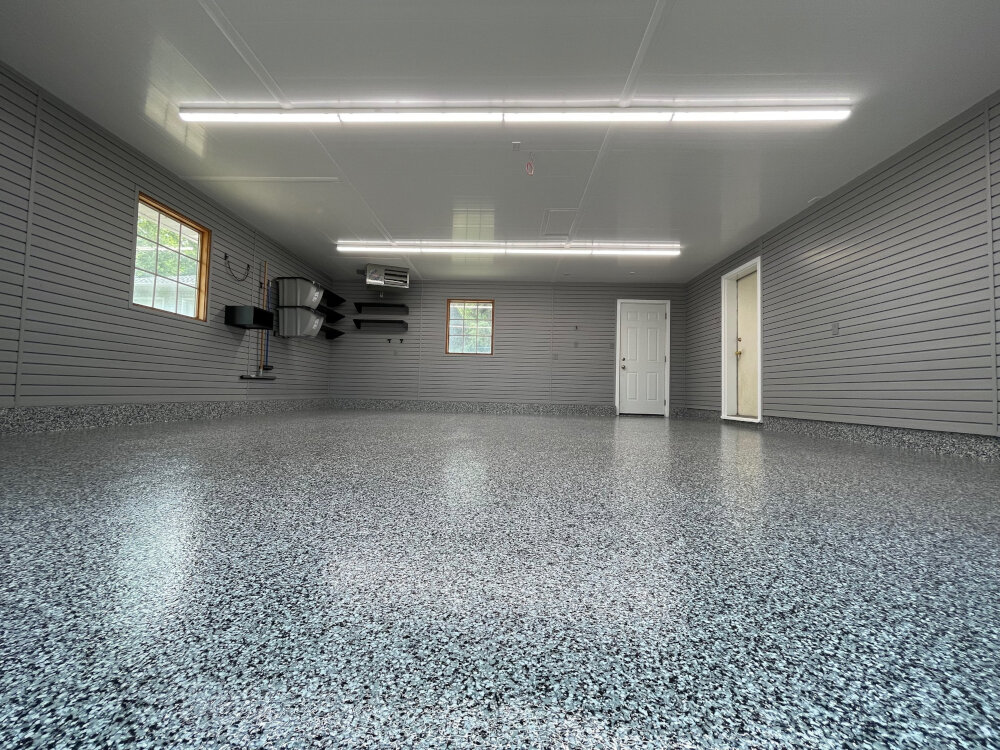
In today’s world, energy conservation is of paramount importance. With the increasing population and the ever-increasing demand for energy, there has been a significant rise in energy consumption. It is essential to take measures that not only reduce our carbon footprint but also help us save money. One such measure is the use of LED light bulbs. These bulbs are a great way to save energy and reduce your electricity bill. They are eco-friendly and have a longer lifespan than traditional light bulbs. LED stands for \Light Emitting Diode,\ which is a semiconductor device that emits light when a current flows through it. The light produced by these bulbs is brighter than conventional bulbs, making them an excellent choice for lighting up any space. LED bulbs are also more energy-efficient than traditional bulbs, consuming significantly less electricity. They are available in a variety of sizes and shapes, making them suitable for any lighting requirement. So, if you want to save money, reduce your carbon footprint, and have better lighting, switching to LED bulbs is the way to go!
Saving energy is crucial to reduce the negative impact of human activities on the environment and to ensure a sustainable future. One of the most effective ways to save energy is to switch to LED light bulbs. LED bulbs consume less energy than traditional incandescent bulbs, and they last much longer. They also emit less heat, which means they don’t waste energy by converting it into heat. LED bulbs are also more versatile in terms of design and color options, making them a popular choice for residential and commercial lighting. By adopting LED technology, we can significantly reduce our energy consumption and carbon footprint, contributing to a cleaner and healthier planet for future generations.
How Do LED Bulbs Work?
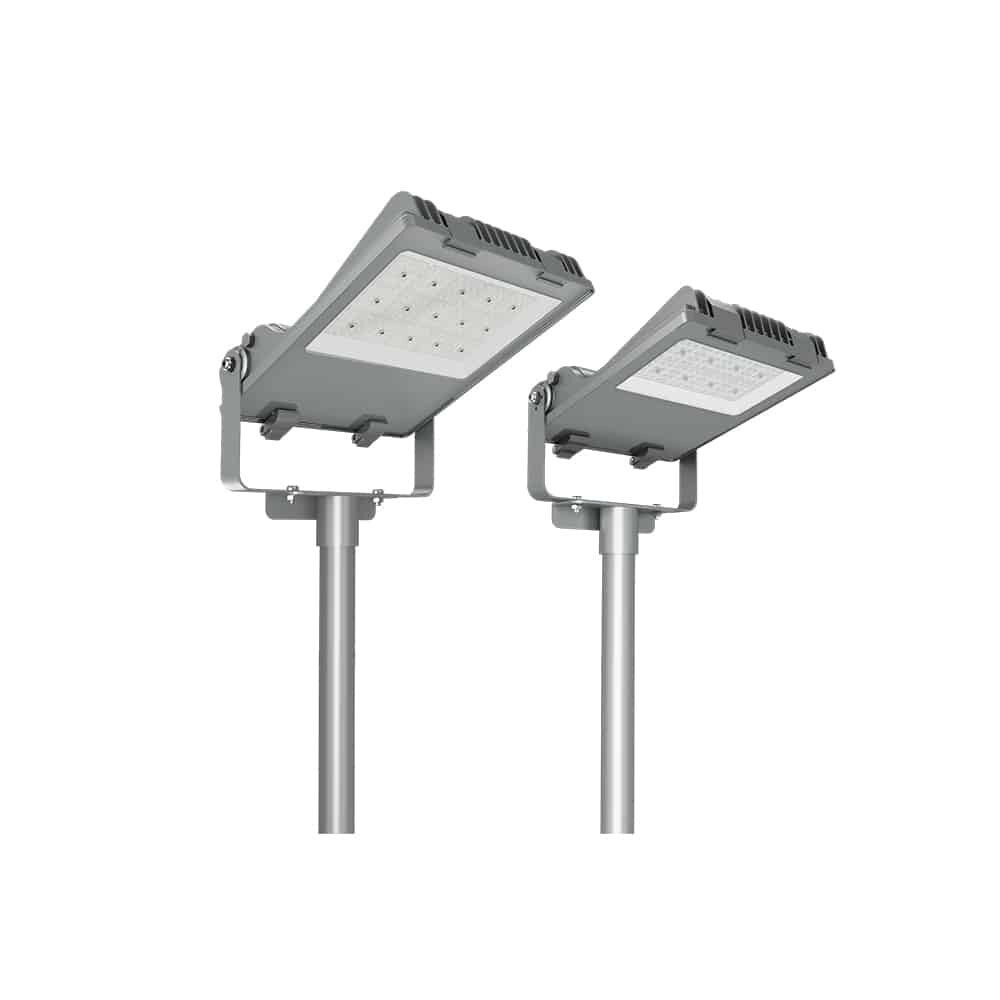
LED bulbs are a highly popular lighting solution that is widely used across the globe. They have become a popular choice for households and businesses alike, mainly due to their energy efficiency, long lifespan, and cost-effectiveness. These bulbs work on a unique technology that uses a semiconductor material to produce light. LED stands for Light Emitting Diode, and these bulbs produce light when an electrical current is passed through the semiconductor material. The electrons in the material then release energy in the form of photons, which produce light. The color of the light produced by the LED bulb can be controlled by the type of semiconductor material used in it. LED bulbs have several advantages over traditional incandescent bulbs. They are much more energy-efficient and can last much longer, which means that they can help you save money in the long run. LED bulbs also emit less heat, making them safer to use than incandescent bulbs. Additionally, they are highly durable and can withstand harsh conditions, making them ideal for use in outdoor lighting. LED bulbs are also highly versatile and can be used in a wide range of applications, from home lighting to industrial and commercial lighting solutions. All of these factors have contributed to the growing popularity of LED bulbs around the world.
LED bulbs are designed to use less energy than traditional incandescent bulbs due to their unique construction and use of technology. Unlike incandescent bulbs, which produce light by heating a filament until it glows, LED bulbs produce light by passing an electrical current through a semiconductor material. This process, known as electroluminescence, is much more efficient, as it converts a higher percentage of the energy used into light rather than heat. Additionally, LED bulbs are designed to produce directional light, which means that they focus the light in a specific direction, rather than emitting it in all directions like incandescent bulbs. This allows the LED bulb to use less energy to produce the same amount of light as an incandescent bulb, making it a more energy-efficient option for lighting. Overall, the science behind LED bulbs is complex, but their unique construction and use of technology make them a more sustainable and energy-efficient option for lighting.
LED bulbs are highly energy-efficient compared to other types of bulbs such as incandescent and fluorescent bulbs. LED bulbs convert almost all the energy they consume into light, while incandescent bulbs waste up to 90% of the energy they consume as heat. Furthermore, LED bulbs have a significantly longer lifespan compared to other types of bulbs. LED bulbs can last up to 25,000 hours, while incandescent bulbs have a lifespan of only 1,000 hours. Similarly, fluorescent bulbs last about 10,000 hours. This means that LED bulbs not only save energy but also save money in the long run by reducing the need for frequent replacements. The energy efficiency and long lifespan of LED bulbs make them an excellent choice for those looking to save energy and reduce their carbon footprint.
Benefits of Using LED Bulbs
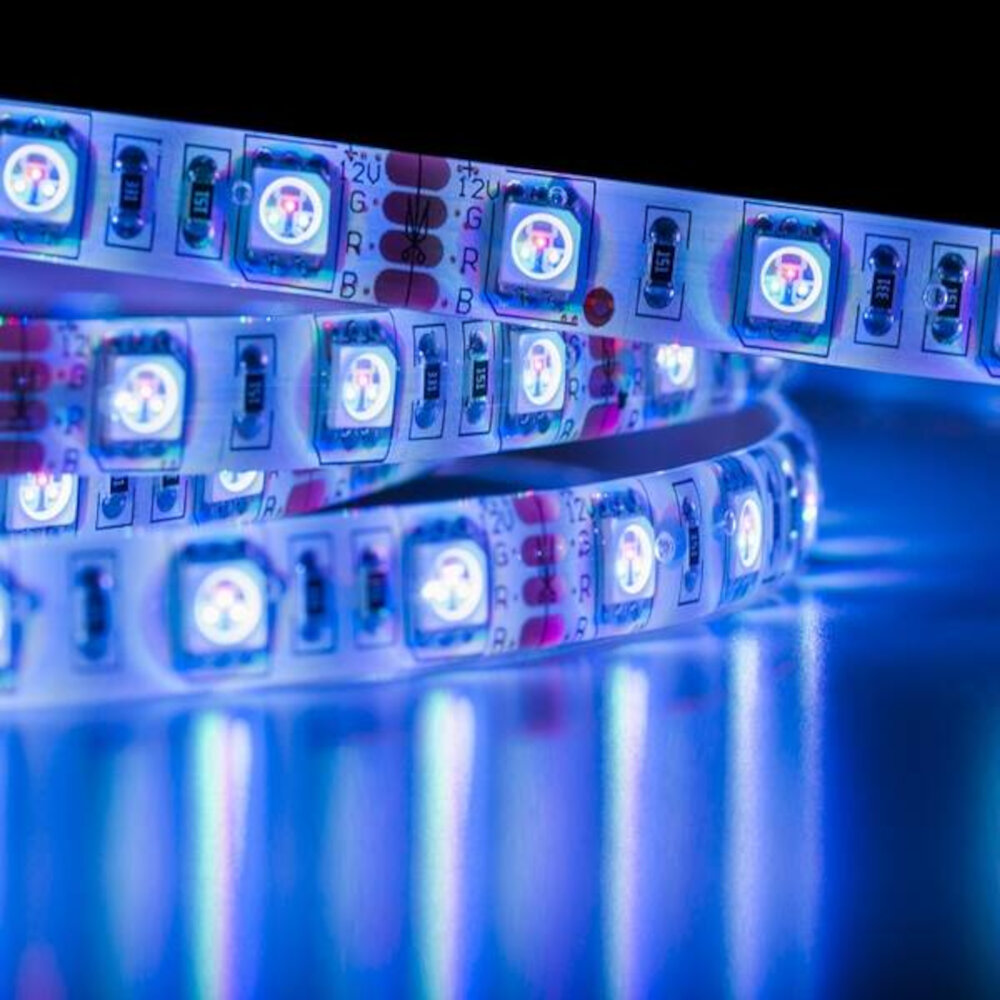
LED bulbs have become increasingly popular in recent years due to their numerous benefits. One of the most significant advantages of using LED bulbs is their ability to save energy. Unlike traditional incandescent bulbs, LED bulbs use significantly less energy to produce the same amount of light. This means that by switching to LED bulbs, you can significantly reduce your energy consumption and save money on your electricity bill. LED bulbs are also more efficient at converting energy into light, which means that they produce less heat than incandescent bulbs. This makes them safer to use and reduces the risk of fire hazards. Another benefit of using LED bulbs is their longevity. LED bulbs have a much longer lifespan than traditional bulbs, which means that they need to be replaced less often. This not only saves you money on replacement bulbs but also reduces the amount of waste that goes into landfills. LED bulbs are also more durable than traditional bulbs and are less likely to break or shatter. This makes them ideal for use in areas with high vibration or in outdoor settings where they may be exposed to the elements. Overall, LED bulbs are an excellent investment for anyone looking to save money, reduce their energy consumption, and help protect the environment.
There are multiple benefits to using LED light bulbs in comparison to traditional incandescent bulbs. Firstly, LED bulbs use significantly less energy, which can lead to savings on energy bills. Additionally, they have a longer lifespan, meaning that they don’t need to be replaced as frequently, reducing waste. From an environmental perspective, LED bulbs also have a lower carbon footprint than incandescent bulbs, as they emit less greenhouse gases during their use. Finally, LED bulbs don’t emit UV rays or generate heat, making them a safer and healthier option for both people and the environment. Overall, the financial, environmental, and health benefits of using LED bulbs make them an excellent choice for any household.
Switching to LED bulbs is an effective way to save money on energy bills and reduce carbon emissions. LED bulbs use significantly less energy than traditional incandescent bulbs, resulting in lower electricity costs. For example, a 60-watt incandescent bulb can be replaced with a 9-watt LED bulb, resulting in an 85% reduction in energy consumption. LED bulbs also last longer than traditional bulbs, reducing the frequency of replacements and lowering maintenance costs. Furthermore, LED bulbs do not contain toxic materials like mercury, which can harm the environment. By using LED bulbs, individuals and businesses can reduce their carbon footprint and contribute to a cleaner, healthier planet.
Choosing the Right LED Bulbs
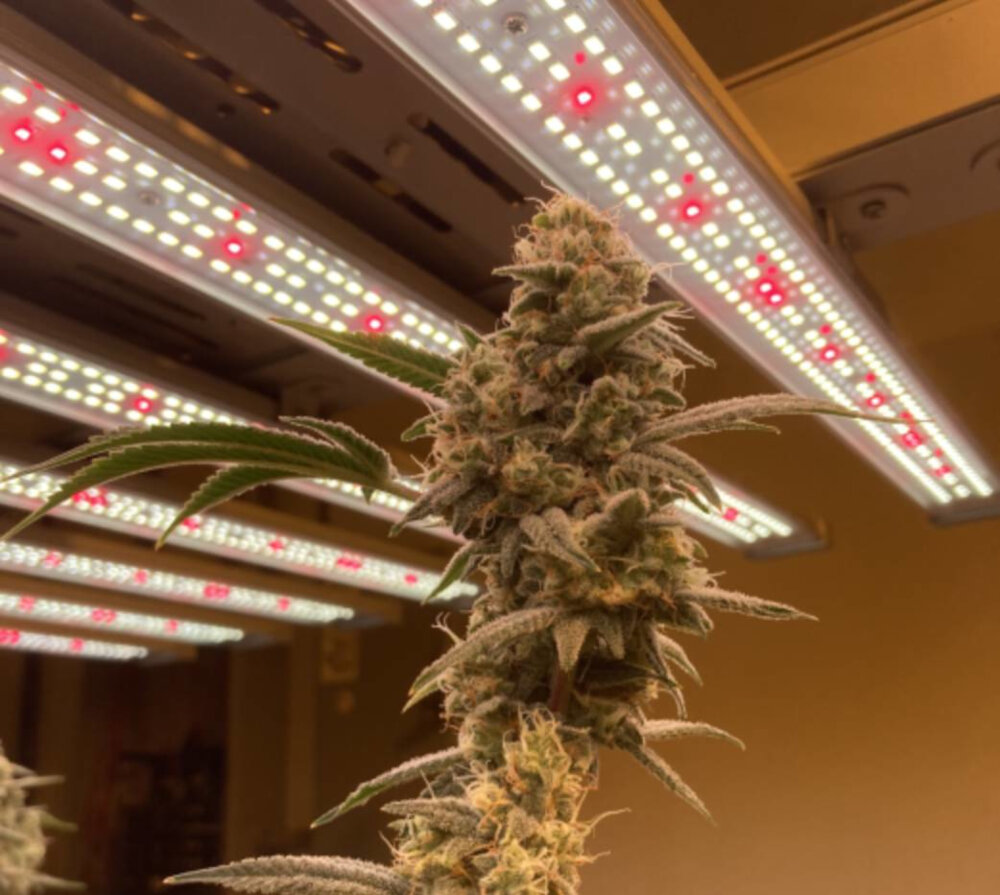
Choosing the right LED bulbs is crucial to maximize energy savings and ensure the perfect ambiance for your home or office. LED bulbs have many benefits over traditional incandescent bulbs, such as lower energy consumption, longer lifespan, and higher efficiency. However, with so many options available in the market, it can be overwhelming to make the right choice. To select the right LED bulbs, you need to consider factors such as color temperature, lumens, and wattage. Color temperature refers to the color of light that the bulb emits, and you can choose from warm, cool, or daylight hues, depending on your preference. Lumens are a measure of the brightness of the bulb, and higher lumens mean brighter light. Finally, wattage refers to the power consumed by the bulb, and lower wattage means lower energy consumption. One of the essential factors to consider when choosing LED bulbs is the compatibility with your light fixtures. Not all LED bulbs are compatible with all light fixtures, and using the wrong type of bulb can lead to poor performance and even damage to the fixture. Therefore, it’s crucial to check the compatibility of the bulb with your fixture before making a purchase. Another factor to consider is the quality of the bulb, as low-quality bulbs can have a shorter lifespan and may not be as energy-efficient as advertised. By choosing the right LED bulbs, you can save money on energy bills and contribute to a more sustainable environment.
When it comes to selecting the right LED bulbs, there are a few key factors to consider. First, think about the brightness you need for your space. This will be measured in lumens, and you’ll want to choose a bulb with a lumens rating that matches your needs. Next, consider the color temperature of the bulb. This will impact the overall ambiance of your room, so think about whether you want a warm, cool, or neutral tone. Finally, make sure that the LED bulb you choose is compatible with the fixtures you have in your home. This will ensure that the bulb fits properly and works as intended. By taking these factors into account, you can find the perfect LED bulbs to save energy and enhance your home’s lighting.
LED bulbs are an energy-efficient alternative to traditional incandescent bulbs, and they come in a variety of types. Dimmable LED bulbs allow users to adjust the brightness of the light, which can be particularly useful for creating ambiance in a room or for reducing eye strain during nighttime hours. Smart LED bulbs, on the other hand, can be controlled remotely through a smartphone app or a voice assistant like Amazon Alexa or Google Assistant. They allow users to turn lights on and off, adjust brightness and color temperature, and even set schedules for lighting based on their daily routines. While these bulbs may be more expensive than standard LED bulbs, their advanced features make them an attractive option for those looking to save energy and simplify their home lighting setup.
Installing LED Bulbs
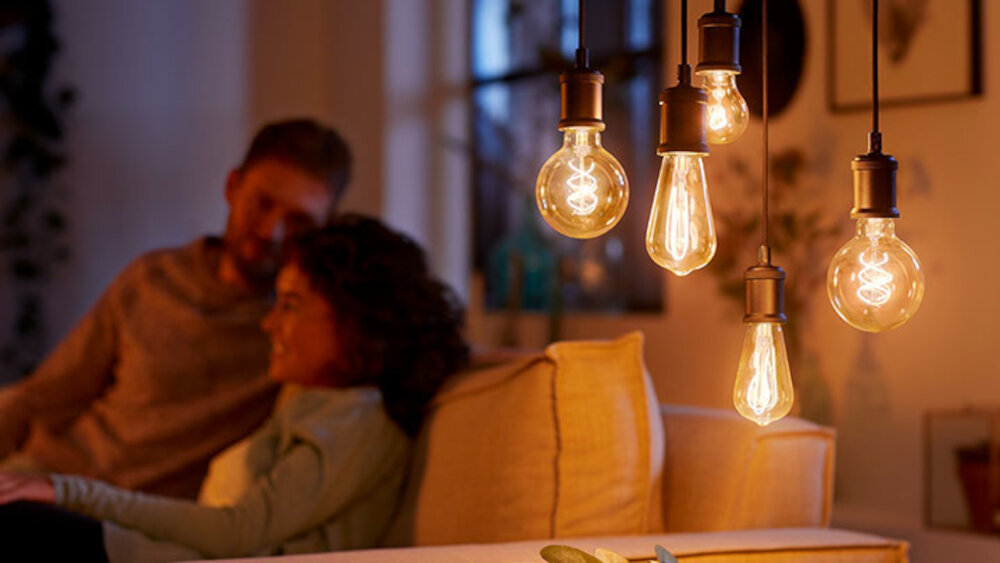
LED light bulbs are a great way to save energy and reduce your electricity bill. Not only are they more energy-efficient than traditional incandescent bulbs, but they also last much longer. Installing LED bulbs is a simple and straightforward process that can be done by anyone, even those without much DIY experience. To install LED bulbs, you will first need to purchase them. They can be found at most hardware stores and come in a variety of shapes and sizes to fit different light fixtures. Once you have your bulbs, turn off the power to the light fixture at the circuit breaker. Remove the old bulb by twisting it counterclockwise, and then insert the LED bulb by twisting it clockwise. Make sure it is securely in place and turn the power back on. LED bulbs may take a few seconds to reach their full brightness, but once they do, you will be able to enjoy their energy-saving benefits for years to come.
LED light bulbs are an energy-efficient and cost-effective alternative to traditional incandescent bulbs. Installing LED bulbs in various types of fixtures, such as lamps, ceiling lights, and outdoor fixtures, is a straightforward process. Firstly, turn off the power supply to the fixture and let the bulb cool if it has been in use. Then, remove the old bulb by twisting it counterclockwise and replace it with the LED bulb by twisting it clockwise until it is securely in place. It is important to ensure that the wattage and size of the LED bulb match the fixture’s specifications. For outdoor fixtures, make sure the LED bulb is rated for outdoor use and can withstand exposure to the elements. With these simple steps, you can easily upgrade your home’s lighting to energy-efficient LED bulbs and save on energy costs.
When installing LED bulbs, it is important to take certain safety precautions to ensure that the process is completed safely and efficiently. Firstly, it is important to turn off the power supply to the light fixture before beginning any work. This can be done by switching off the circuit breaker or removing the fuse for the fixture. Secondly, it is recommended to wear gloves when handling the bulbs as they can become quite hot during use. Additionally, it is important to ensure that the bulb is the correct size and wattage for the fixture and that it is installed securely. Finally, it is important to dispose of the old bulb properly, following any local regulations for the disposal of hazardous waste. By taking these precautions, you can safely and effectively install LED bulbs, saving energy and money in the process.
LED bulbs offer numerous benefits over traditional incandescent bulbs, making them a popular choice for energy-efficient lighting. They last significantly longer, with an average lifespan of around 25,000 hours, and consume up to 80% less energy. To save energy with LED bulbs, it’s important to choose the right bulb for your needs, as they come in a range of brightness levels and colors. It’s also essential to turn off lights when not in use, use dimmer switches to reduce brightness, and ensure that fixtures are clean and free of dust to maintain optimal efficiency. By following these steps and making the switch to LED bulbs, you can reduce your energy consumption and save money on your electricity bills while still enjoying quality lighting in your home or office.
Making the switch to LED bulbs is a smart choice for both the environment and your wallet. These energy-efficient bulbs use significantly less electricity than traditional incandescent bulbs, which not only reduces your energy bill but also reduces your carbon footprint. Additionally, LED bulbs have a much longer lifespan, which means you won’t need to replace them as often, leading to even more savings in the long run. Taking other energy-saving measures, such as turning off lights when you leave a room and using power strips to reduce standby power, can also have a significant impact on your energy consumption. By making these small changes to your daily routine, you can help protect the environment and save money at the same time.
Conclusion
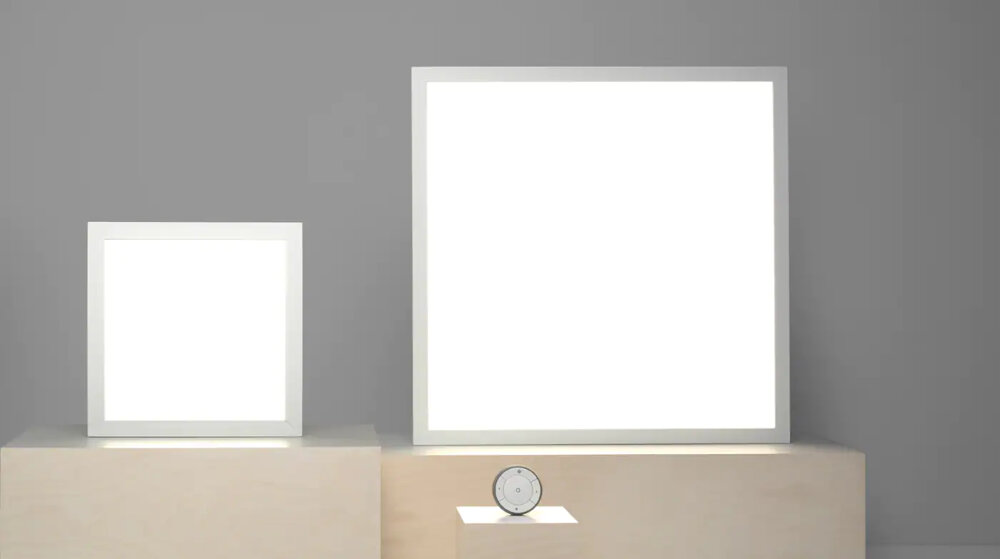
In conclusion, switching to LED light bulbs is a smart and effective way to save energy and reduce your carbon footprint. These bulbs use significantly less energy than traditional incandescent bulbs, and they also last much longer, making them a cost-effective choice for homeowners and businesses alike. Beyond the financial benefits, the environmental impact of LED bulbs cannot be overstated. By reducing energy consumption, we can help to mitigate climate change and reduce our reliance on fossil fuels. LED technology has come a long way in recent years, and there are now a variety of options available for every type of lighting need. By making the switch to LED bulbs, we can all do our part to save energy and protect the planet for future generations.

